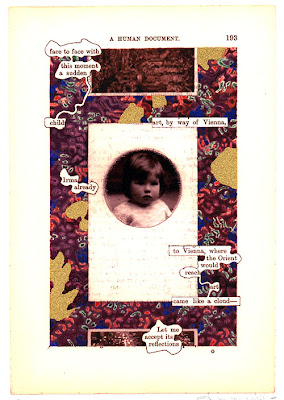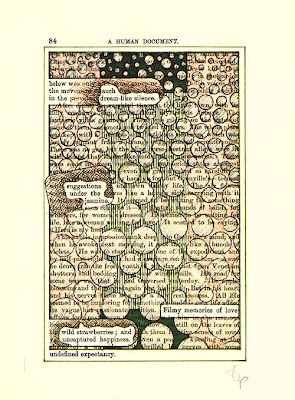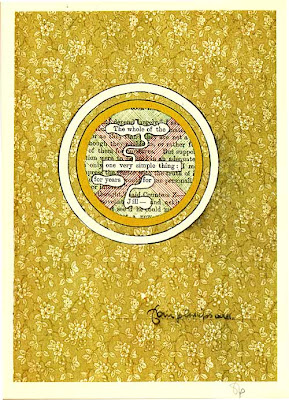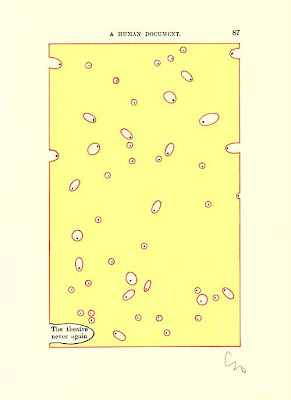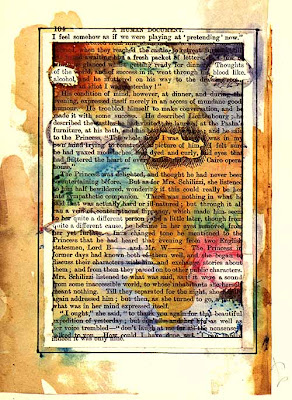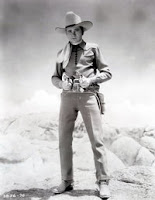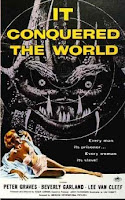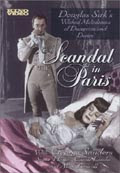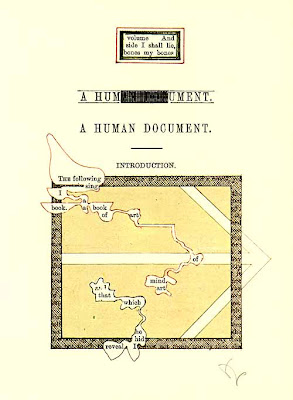
Have you ever taken a page from a magazine or book and "edited" it to your liking - crossed out most of the sentences except for a few choice words, which, when read in their new sequence, take on new meaning?
The above is the first of 370 pages in a 19th century text transformed into hundreds mini-canvases. I thought this might be fitting, considering we are starting to talk about collage and appropriation. CLICK HERE to see a the full 370 page gallery of Tom Phillips' eternal work in progress. You can also click on the image above for a larger view of the first page. I have included, after a introductory blurb, which I borrowed from the humament website, a few more sample pages/pictures below. Again, click on each of the images for a better (larger) view of each page.
"A HUMUMENT is eternally a work in progress. Tom Phillips started his treatment of W.H. Mallock's Victorian novel in the mid sixties and an initial complete version was privately published by the Tetrad Press in 1970.
With Thames and Hudson's first trade edition in 1980 A HUMUMENT rapidly became a cult classic. It was seen to be a defining product of post modernism linking traditions as various as medieval illumination, experimental poetry and non-linear narrative with the procedures of modern art."
